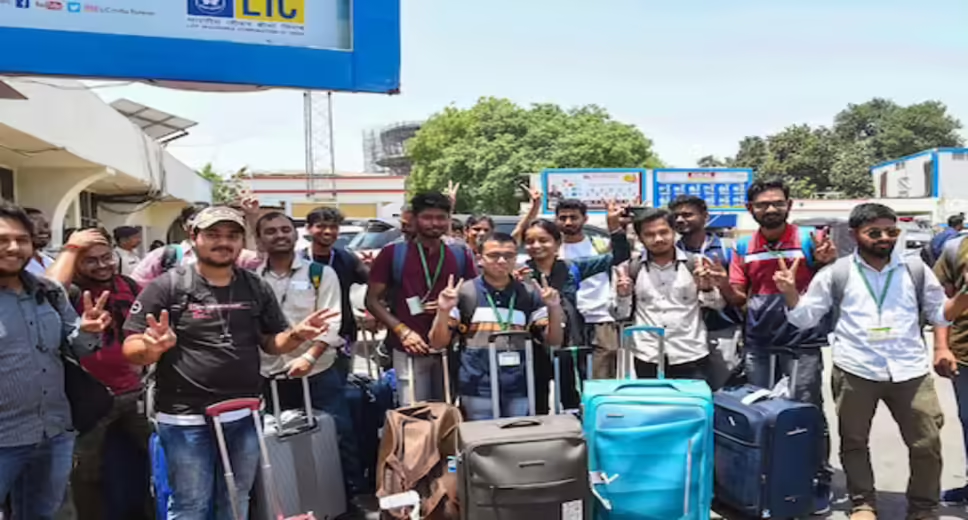Peace May Return, But Will Students? Ethnic Violence Dents Manipur's Image as Vibrant Education Hub

The state of Manipur was once a vibrant education hub, with specialized colleges, central universities, NIT, IIIT, government medical schools, and affordable tuition fees and accommodations. However, recent communal violence has led to a major student exodus, with over 2,500 outstation students reportedly evacuated from various educational institutions since May 3. Currently, most educational institutions have announced summer vacations till June.
Khen P Tombing, principal of Rayburn College, highlighted that Manipur has a number of central universities specializing in sports, agriculture, liberal arts, and commerce offering top-quality courses that attract students not just from neighboring towns but even from far-off mega cities. Moreover, the state has several government medical and engineering colleges where students from across the country are allotted a seat depending on their rank in entrance exams. Unfortunately, many students have been displaced due to the violence, not just those from other states but also from the minority community.
The violence was caused by an ethnic clash between the Hindu Meitei people and Christian tribal Kuki people, resulting in 73 deaths. A faculty member from a central university expressed concern about the psychological impact of the violence on students, stating that it may leave them scarred for life. The faculty member worried about the re-opening of the university and what would happen to all those students who had paid admission fees or were about to complete their courses.
Manipur is known for its specialized institutions such as agriculture universities, engineering, medical and liberal arts colleges offering a variety of course combinations. Many out-of-state students were evacuated from National Institute of Technology (NIT), Indian Institute of Information Technology (IIIT), Regional Institute of Medical Sciences (RIMS), Jawaharlal Nehru Institute of Medical Sciences (JNIMS), National Sports University (NSU), and Central Agriculture University (CAU), Imphal. The clashes reached campuses, including Manipur University, where a mob destroyed quarters and looked for students from the minority community in their hostel rooms on the night of May 3. Similar violence was reported from JNIMS, RIMS, and other residential campuses where reports of minority community students being dragged out of their hostel rooms and beaten up have surfaced.
According to educationist and former National Council for Educational Research and Training (NCERT) head JS Rajput, with these recent ethnic clashes in Manipur, the state has gone back to the internal strife it used to witness some 20-30 years ago when people would move out to mega cities to study and work. However, over the past decade, the state has developed better infrastructure facilities and a number of higher education institutions offering specialized courses, which allowed more academics to want to go to the northeastern state for research and teaching. Losing these gains would be the state's biggest loss.
